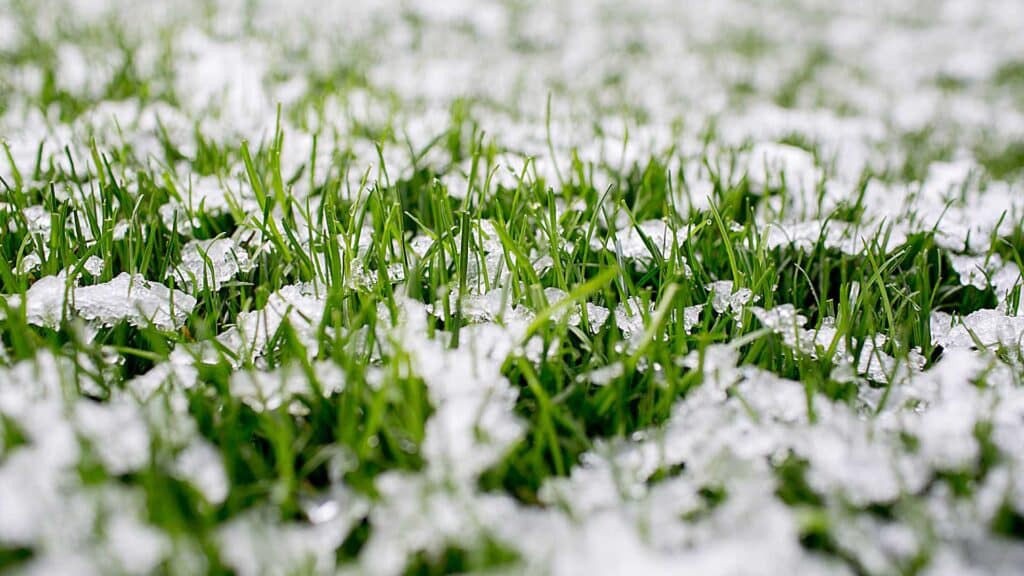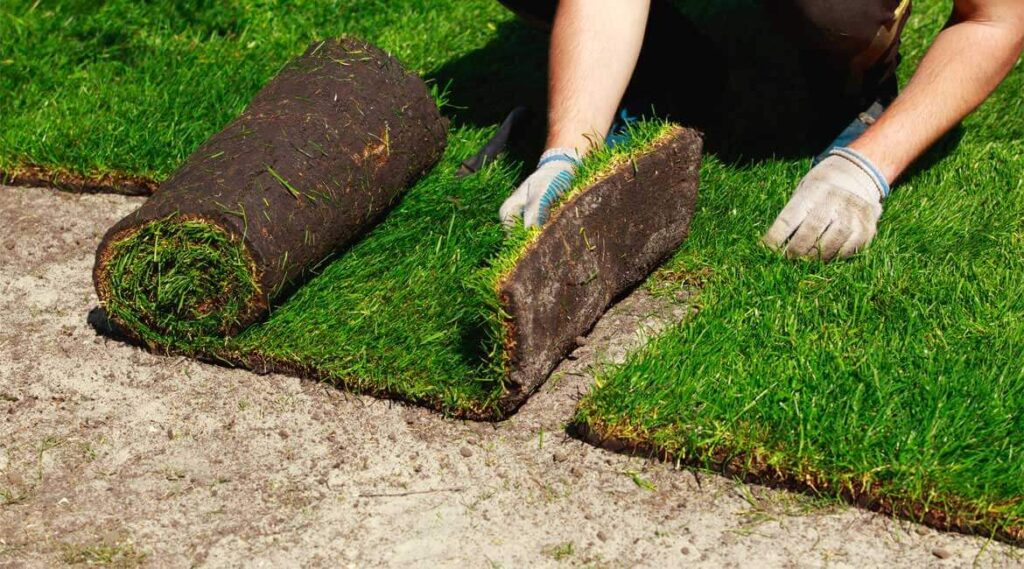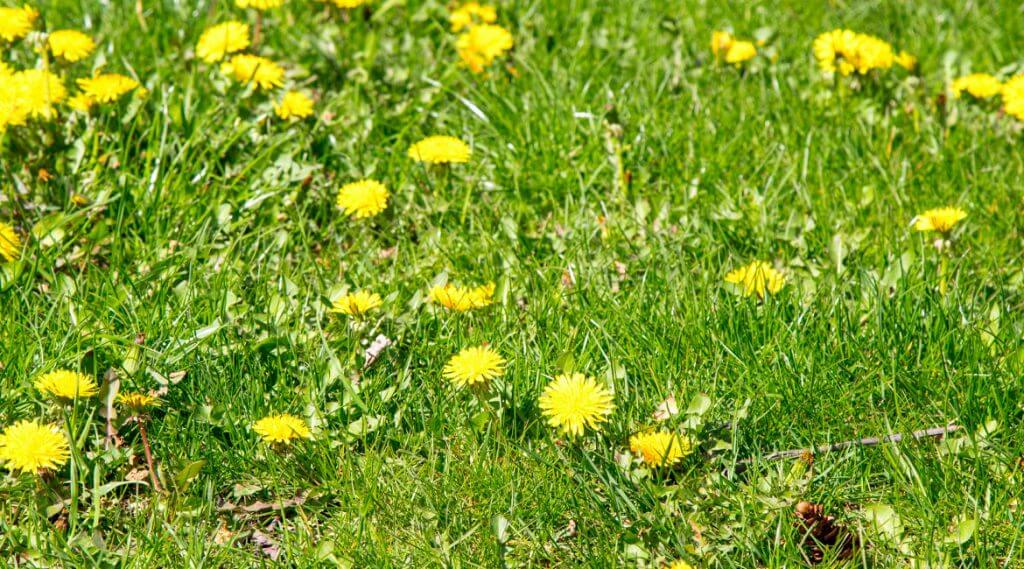Whether you like it a little, a lot or not at all, it’s impossible not to marvel at the first snowfall or the bright whiteness of winter. For a few weeks, plants, including the lawn, rest under the snow cover and regain their strength for the next growing season. But the harshness of our Quebec winters can sometimes cause some inconvenience to the lawn. Here’s how winter can negatively impact your lawn.
Thawing periods and freeze-thaw
We are experiencing more and more temperature extremes in both winter and summer. While it’s great to have a few days above freezing in the middle of January, it’s not a great thing for your lawn, especially if the snow cover isn’t very deep. Your lawn may mistakenly think this mild temperature is a sign of spring’s return and start absorbing water again to feed and green up. When the temperature returns to normal, the water absorbed by the plant will freeze and expand, damaging its cells, sometimes severely enough to kill the lawn.
Possible solution: Spread the snow in different areas of your yard.
When shoveling snow, try to spread it to areas where there is less snow. Snow is a great insulator and acts as a protective layer, letting the lawn sleep peacefully without making it feel like it’s time to wake up early.
Ice Accumulations
If there are freezing rain and rain events and your yard does not drain well, it is likely that the water accumulations will freeze and cause patches of ice of varying thicknesses. The ice can choke the lawn, preventing it from breathing properly and causing it to die.
Possible solution: Ensure optimal drainage of the land.
When you see water build-up after a rain, it’s a sign that your soil is not draining well. By changing the slopes or transforming the soil structure with aeration and topdressing, you improve your chances of success.
Winter dryness
When winds are strong and the weather is dry, if the lawn is not well hidden under the snow, it can dry out. Winter drying occurs when the plant’s roots are not sufficient to provide the amount of water needed to survive.
Possible solution: Ensure optimal development of the root system.
The longer and stronger the plant’s roots are, the more proficient they are at keeping the grass healthy. Develop your lawn’s root system by mowing high, getting the nutrients it needs at the right time through fertilization and aerating your lawn so that water and food can get deep into the soil.
What to do in case of winter damage
Whether the damage is localized or more extensive, the solution is always to repair the damaged patches as soon as possible in the spring. As soon as your soil dries out, you can dislodge all the dead grass with your rake and reseed. Find out all the steps to an effective repair here. Proper aeration of the lawn and topdressing can also greatly help your lawn recover if it has suffered during the winter.
Always remember that good cultural practices and proper fertilization are the foundation of a healthy, long-lasting lawn. Entrust a Nutrite Expert to fertilize and maintain your lawn and ensure that it receives the best possible care. Ask for your free evaluation today.




